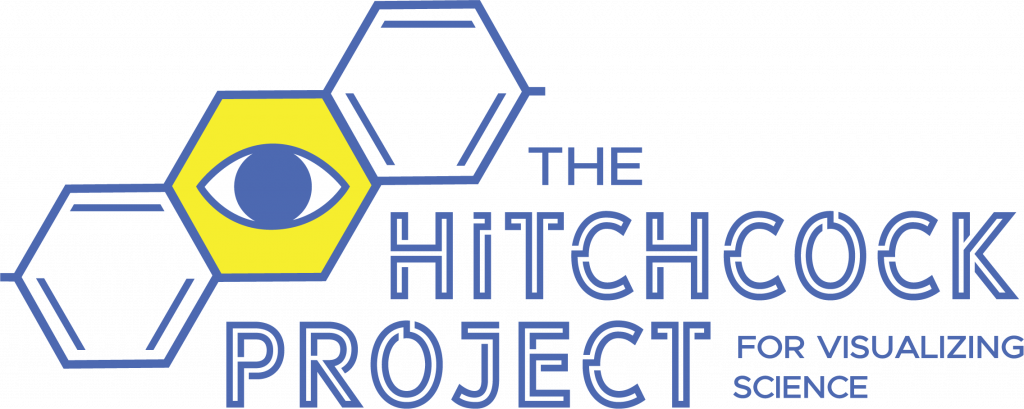Shooting for the Stars: Q&A With NASA Filmmaker James Tralie
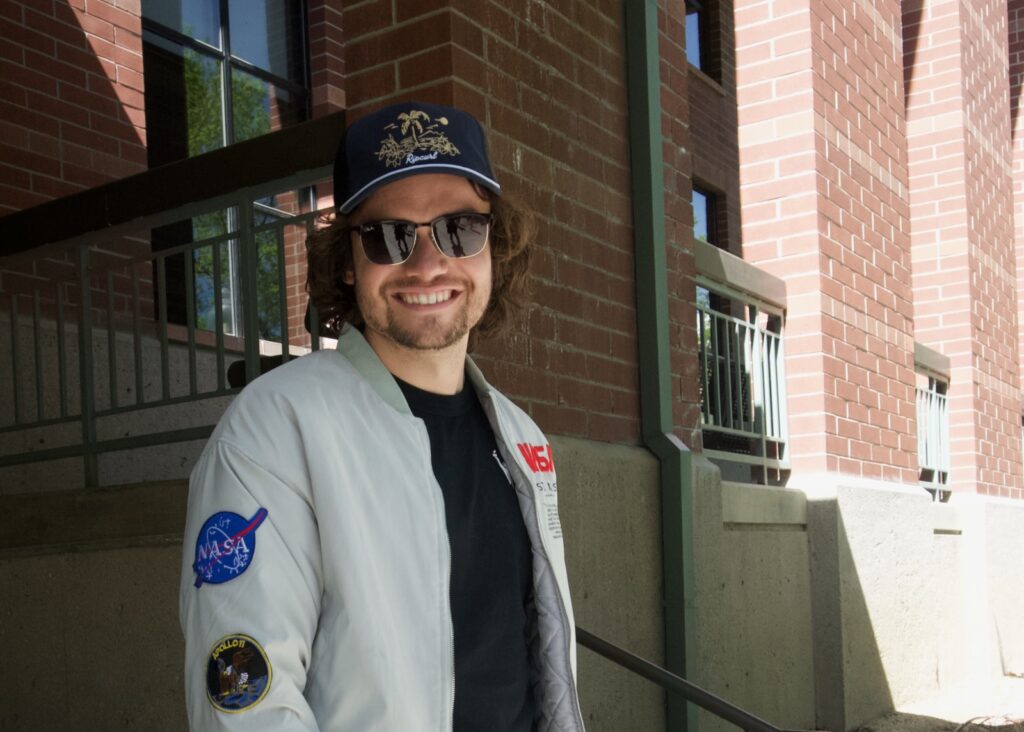
A conversation with James Tralie on daily life at NASA’s Goddard Space Center, the unique challenges of communicating out-of-this-world science, and Tralie’s space travel dreams. By Vanesa de la Cruz Pavas.
TikTok for Science: Tips for Engaging, Educating, and Entertaining New Audiences
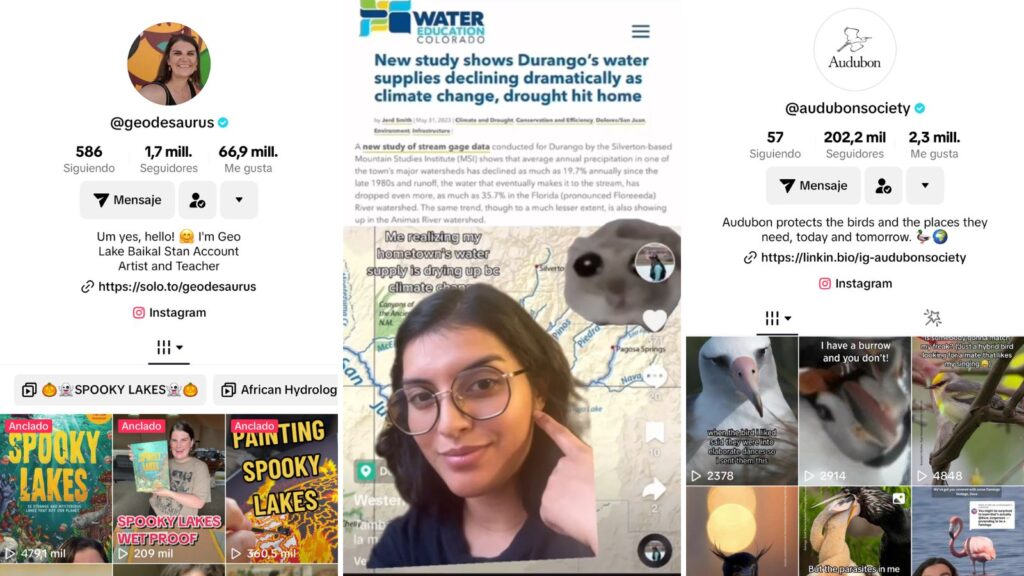
TikTok is more than dance challenges and comedic sketches; it is a powerful tool in the science communicator’s social media toolbox. By Vanesa de la Cruz Pavas.
Climate change in context: Dr. Anne Nolin on snow, fires, forests, and communication
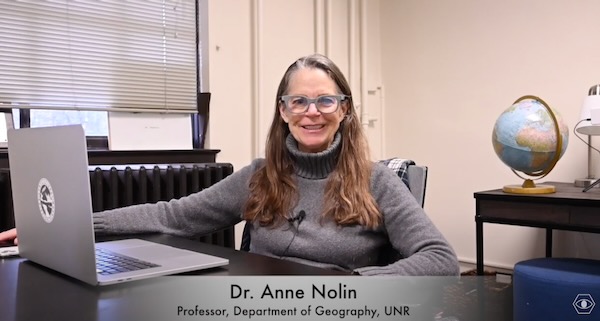
Climate change is all around us! UNR’s Anne Nolin helps us understand the complex interactions at play in western mountain ecosystems – and how to talk about it. By Jayanti Sarkar.
Q&A: Communicating Science During Tense Times
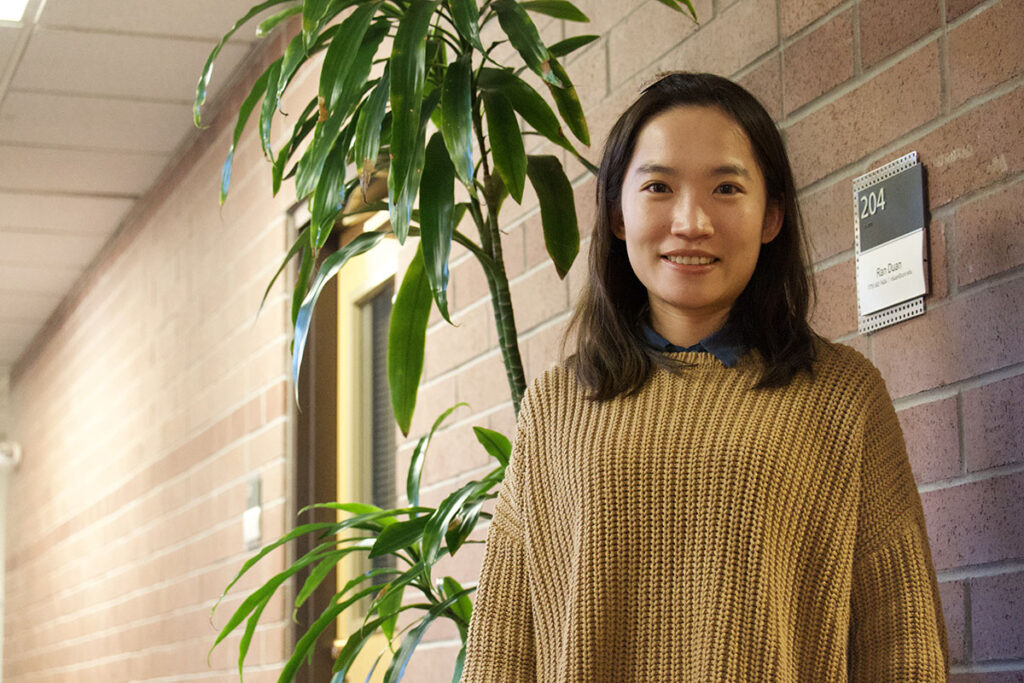
Ran Duan opens up to Hitchcock Project about risk, perception, and effective science communication tools. By Hannah Truby.
‘A Foot in Both Worlds’: A Q&A With Science Communicator Paige Jarreau
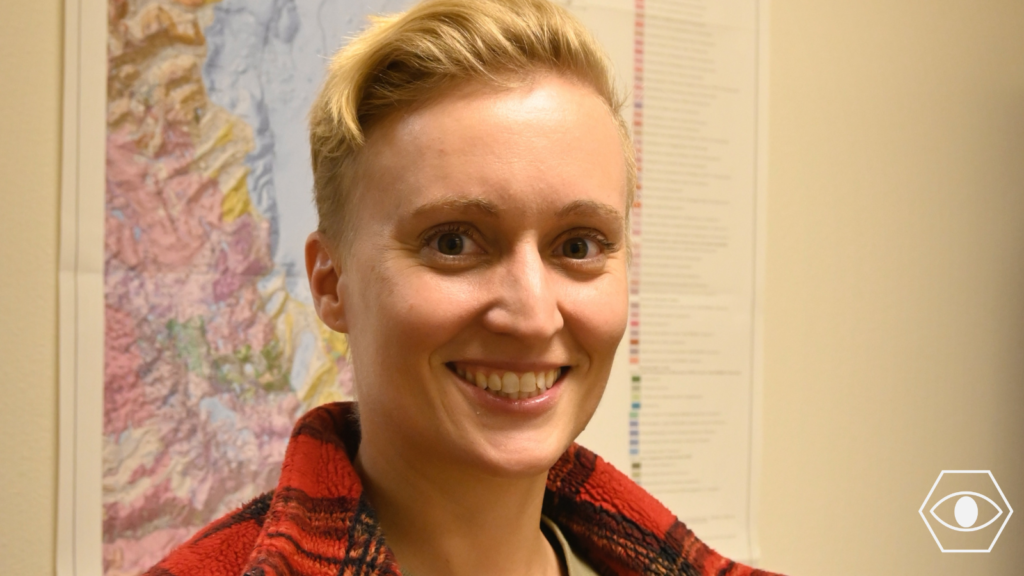
Paige Jarreau, Ph.D., shares challenges and opportunities in science communication with Hitchcock Project reporter Hannah Truby.
Michael Branch on SciComm: Borrowing From Literature to Translate Science
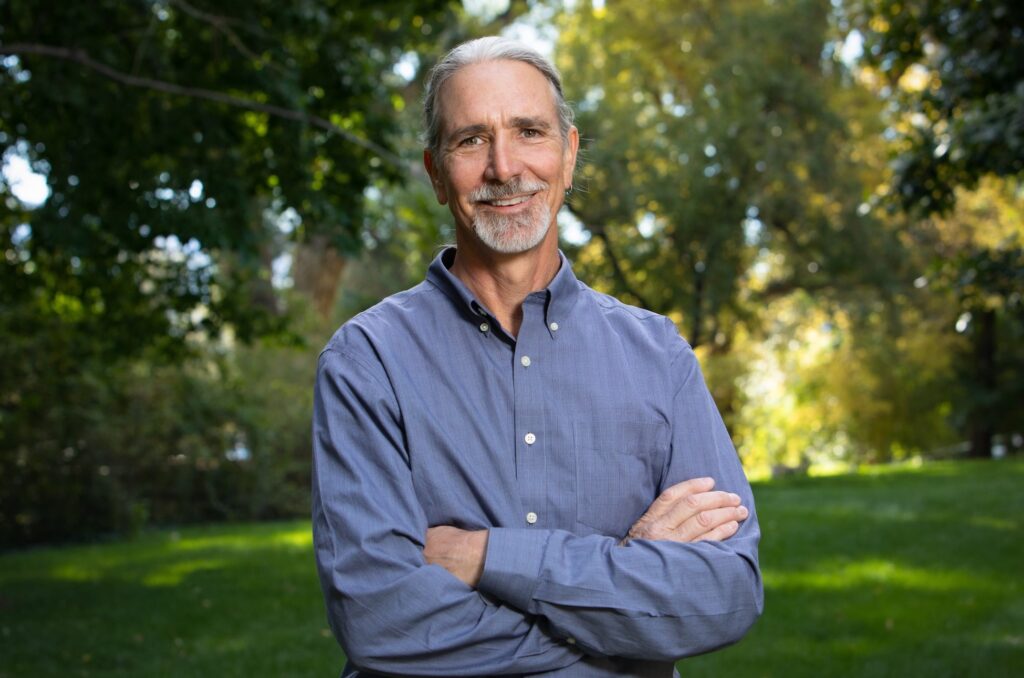
Five tips for better science communication from renowned writer and UNR Professor Michael P. Branch. By Vanesa de la Cruz Pavas.
Visualizing Science Through Poetry: An Interview With Jessy Randall
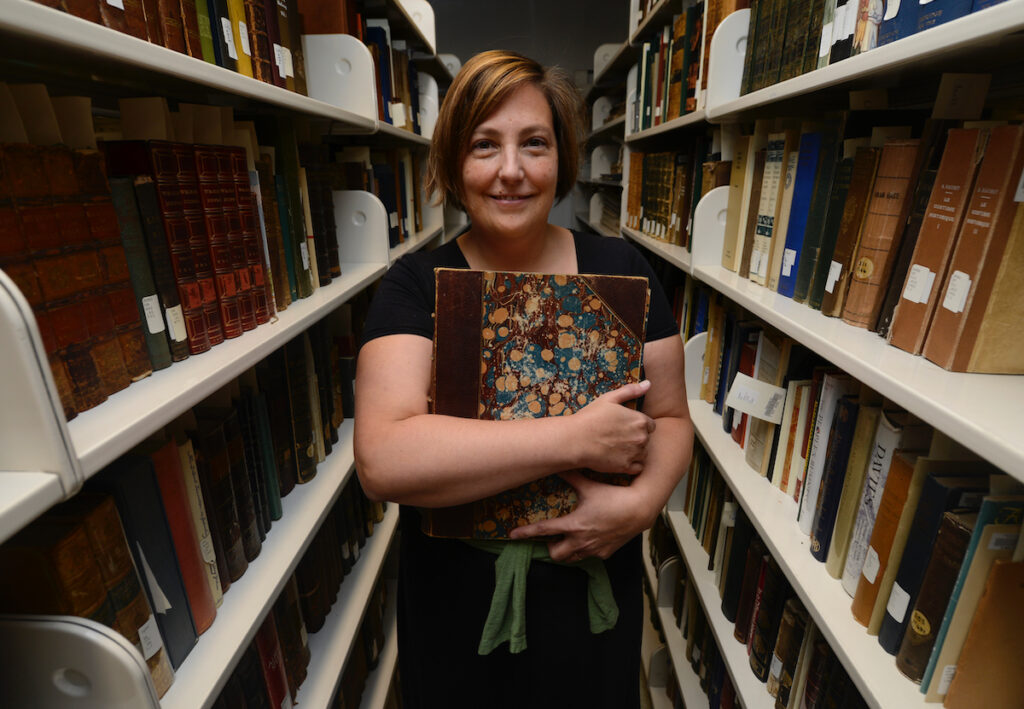
How can poetry help us understand science (or scientists) in ways that other genres might not? An interview with poet Jessy Randall. By Dina Wood.
Andrew Revkin on Best Practices for Climate Communication
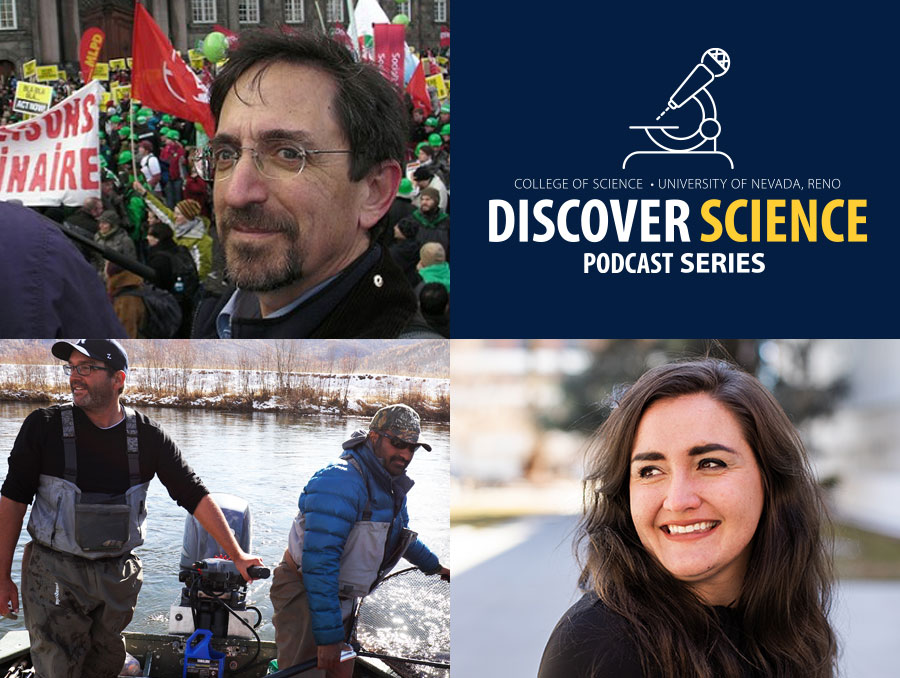
From the Hitchcock Project and “Discover Science” podcast, an interview about climate communication with science journalist Andrew Revkin and UNR professors Sudeep Chandra and Zeb Hogan. By Shelby Herbert.
Biologists Debut Children’s Book to Bring Attention to Bee Diversity
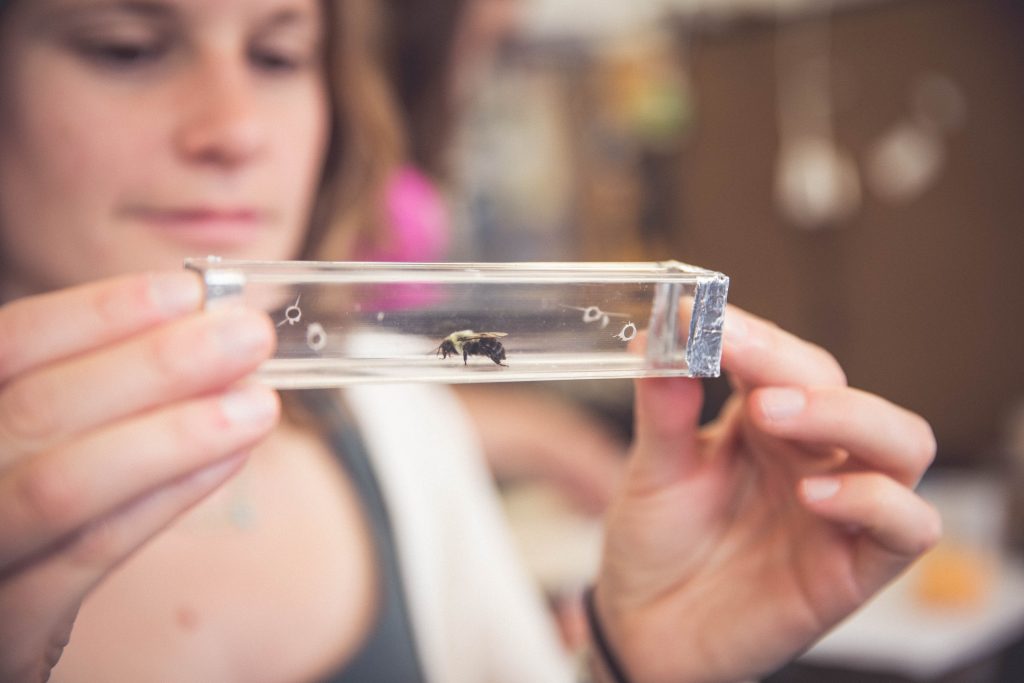
Two scientists bring melittology to children’s lit in order to champion the importance of native bees and nurture an early sense of appreciation for the natural world.
Tiffany Pereira – How She Built A Career Out of Science And Art
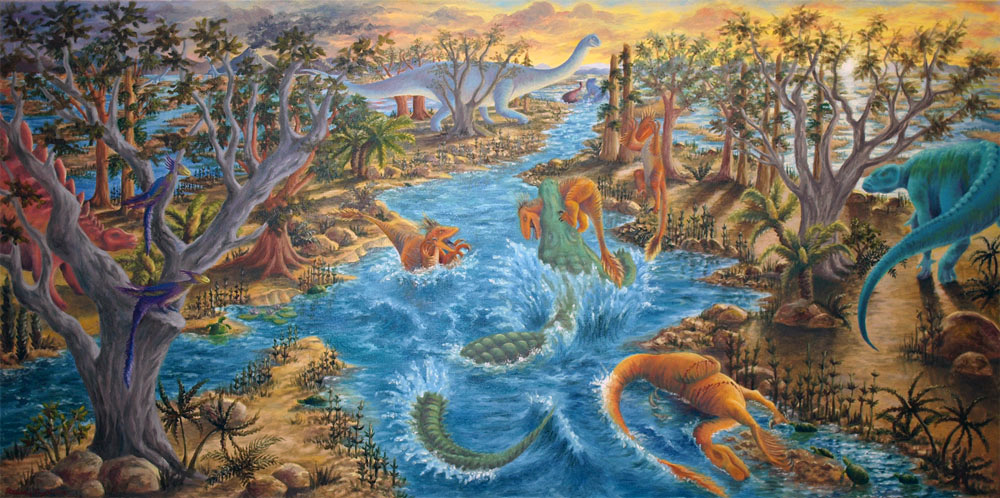
Tiffany Pereira’s teachers told hershel had to choose between science and art. Instead of choosing between them, she chose both, and she made a career out of it. Pereira now works as an ecologist and science illustrator for the Desert Research Institute in Las Vegas, Nevada.


